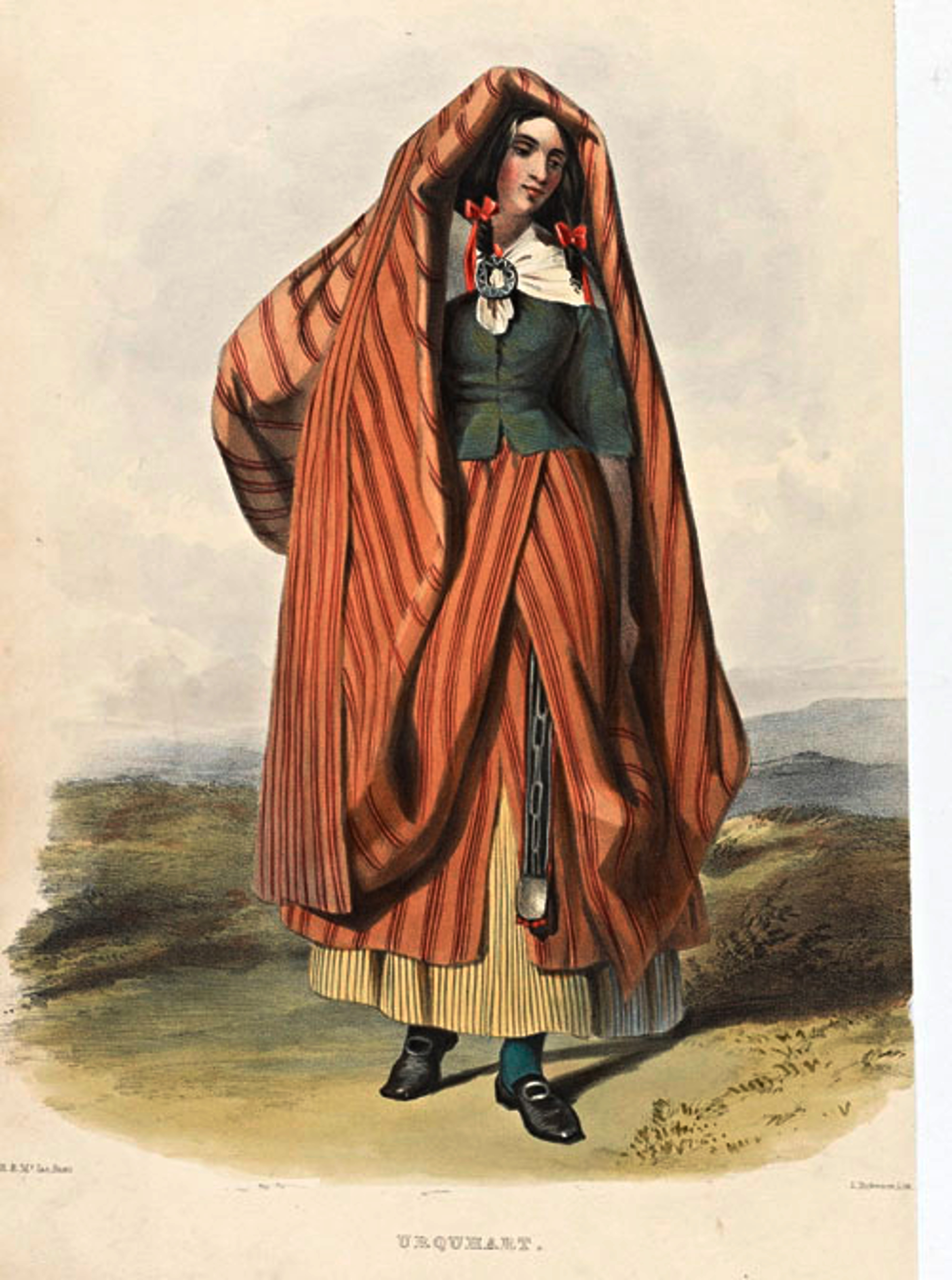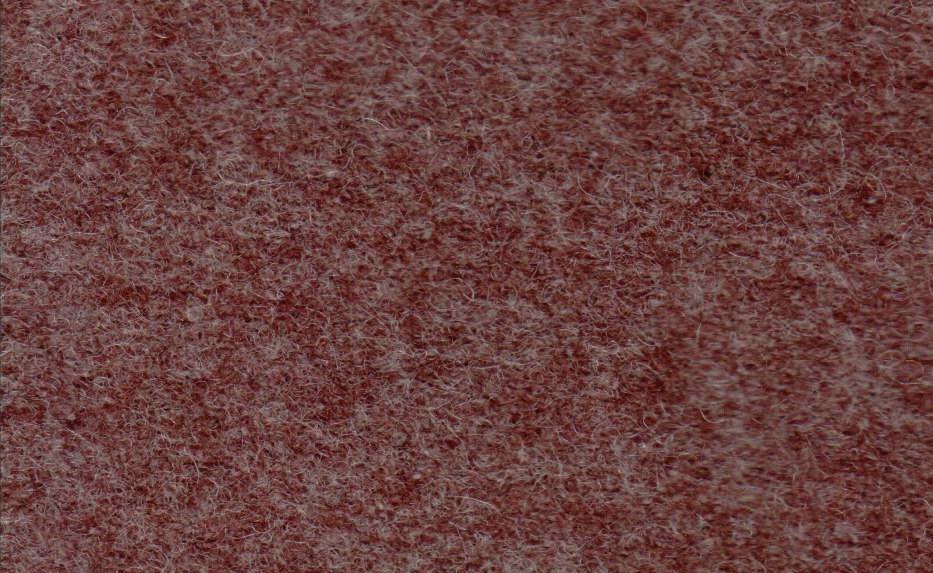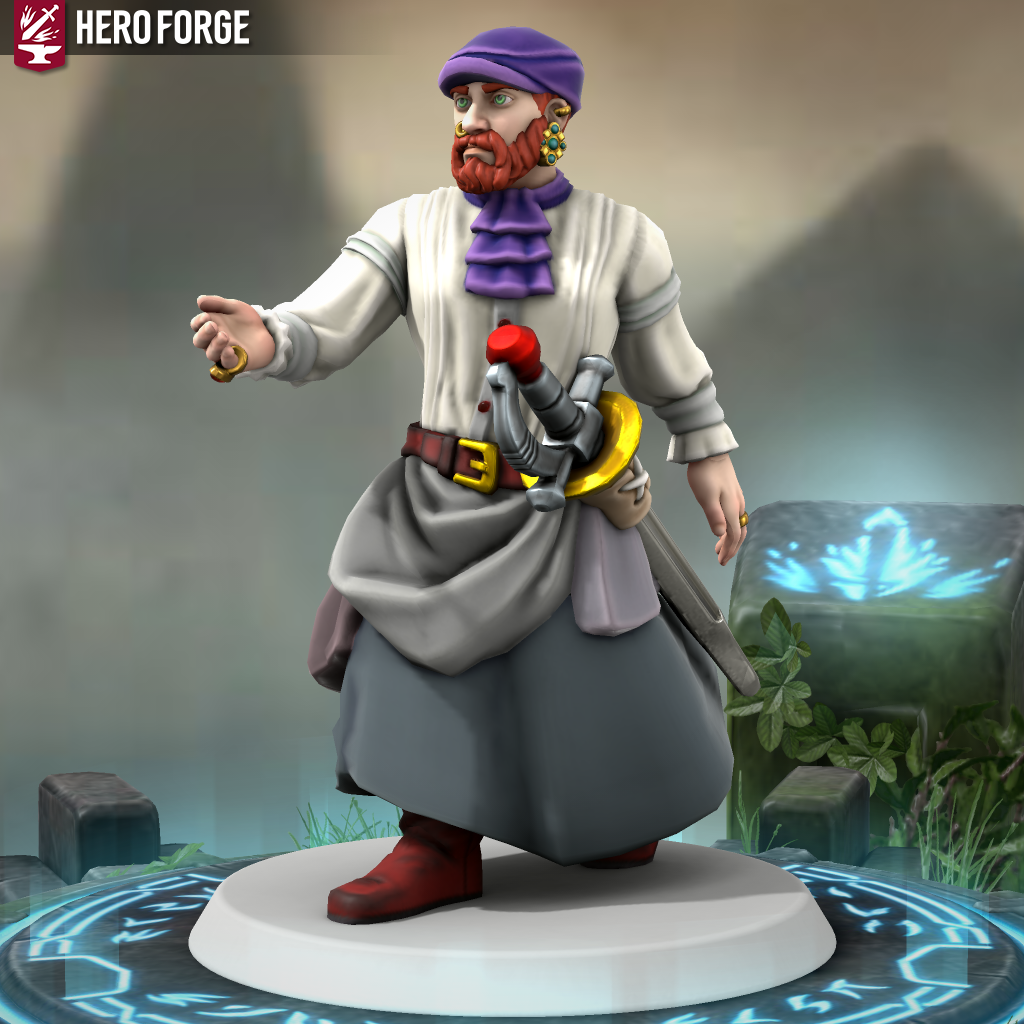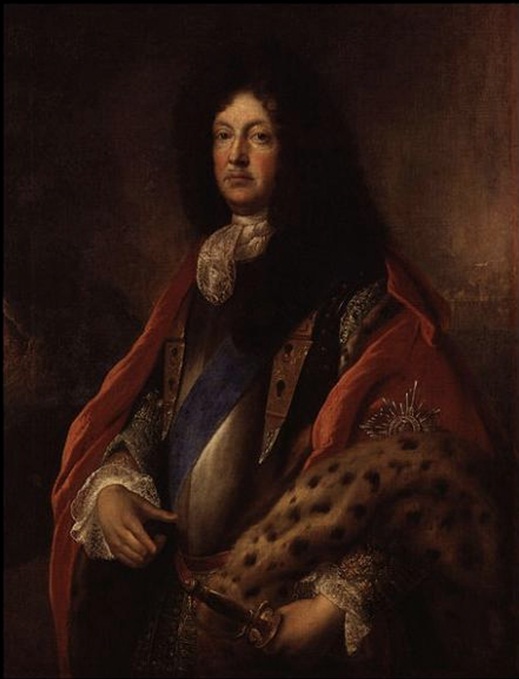Hinterlandic Bluecaps
Information sourced from 'A Gentleman's Guide to Swords-For-Hire', 'Mages of the North; The Culture and Lifestyle of Karthauld', and various Holy See histories on the Norman War
About the further end of this patch are great fir-woods, beautiful and calming, so rich with game to hunt and natural minerals to reap. But these woods are so full also with blue-headed rogues in bearskin and plaid that we dare not see them; None dare pass the glen of Grewmure without a guard of ten or twelve per rogue, at the least.
Design

Slangg's rage and war has been present throughout all cultures across the history of the Great Dance, perhaps one of the most unique interpretations of this can be found in Vallatorlan's recently converted heathen past. Where most southern civilised cultures attributed Slangg's qualities to fire and blood, these were instead seen as signs of life and resistance in the harsh north where the so-called "Northern Slanggic Cult" is believed to have originated. On the shores of Karthauld and Yuregrim, rage was personified by the blizzards of Winter and the destruction of a restless ocean, and so blue would be their colour of anger. And so, when the shamans of Slanggar and their zealot warriors known as Bluecaps went to battle in Her name, they would wear blue on their head to show their deity above which were faithful to Her and so which to favour with good combat.

Evolution & History
Fiercer though, than the riders of great bears, than the sorcerous treemen shepherding swarms of petals, than even the revived skeletal remains of Giants long-executed, were the garbed men which hid in the bushes of our flanks until the right time to pounce. Revealing their blue caps from behind thick plaid, daggers in hands, they screeched war-songs in druidic tongues to their bloodthirsty god which stayed in tune to the beat of their heavy bounds and the rattling of metal piercings which hung from any open skin available. I witnessed a dozen of these barbarous heathens butcher and devour an entire detachment of clerical templars. Thank Courga above for his favour in stopping that damned war. No more do I wish to see a blue cap atop any skull except on the dead.
The future is uncertain for this most ancient tradition. While Bluecap Sellswords are increasing in renown and riches, the numbers of their pagan order dwindle by the year. Where one rises to fame throughout the Territories, I could tell you of ten who fell in the line of duty for that individual to gain his position. However, none can argue that the legacy of the blue bonnet will indeed survive forever.
Reputation
A patron will enter a tavern in search of bodyguards. On one end are a gang of burly mercenaries famous in the area, on the other is a lone individual sitting with a blue bonnet obscuring his face. Only one man will leave the tavern with the patron.
Vallatorlan
Beyond
Picked and selected men of great and mighty bodies, cruel without compassion. The greatest force of the battle consisted in them, choosing rather to die than to yield, so that when it comes to handy blows they are quickly slain or win the field entirely.
Remove these ads. Join the Worldbuilders Guild








Wow, such a lot of work went into this article! This is an incredible amount of thought and detail. Great work, that's all I can really say! :D
Thank you! Glad you enjoyed :D It was *meant* for the clothing challenge so I did a lot of research....